The house of the mulatto saint of Lima
Hello everyone! I hope that everyone is doing well, today I want to share with you my experience of visiting one of the houses that are in the centre of Lima and that is linked to a saint that I'm sure many of know, regardless of whether or not we believe in the religion. He is a character that is 100% a product of what represents the situation for many men and women in Lima today, according to what we are going to see in this publication. Being a mixture of all bloods.
His sculpture from the part of the street
From the patio which has bars from the Saint Rose of Lima Shrine, you can see a statue in honour of this well-known person, I am almost 100% sure that you have guessed or you already know to who I am referring, I am talking about San Martin de Porres! The dark-skinned, Peruvian saint from colonial times
Here as a preamble, I want to share with you the following photo, where you can see the sculpture of San Martin de Porres as well as the front of the house where San Martin de Porress lived

The location of the house, San Martin de Porres museum:
The San Martin de Porres house can be found in the historical centre of Lima in front of the Saint Rose of Lima church, San Martin de Porres' house is in Tacna Avenue, one of the avenues where the blue buses from the borough of Lima pass through, where you can get off in order to start your journey to the centre of Lima.
Location and how to get there
San Martin de Porres' house can be found in Callao Street at exactly number 535, right in the heart of Lima's centre, getting here isn't difficult. There are two options: the first is to take one of the blue line buses which go via the Avenues Arequipa, Wilson, Tacna and get off at Callao street. The other option is to take the underground either line 'A' or line 'C' and get off at Tacna station.
From there, you need to walk north until you arrive at the first blocks of Tacna Avenue, for example I would recommend you to first go by underground and from there go into the Sanctuary of the Nazarenas where there is the image of the Lord of the Miracles, after that you can continue walking and you'll get to San Martin de Porres' house and then you can also visit the Sactuary of Saint Rose of Lima, I am sure that this itinerary of churches and Lima religiousness will satisfy both believers and non-believers alike.
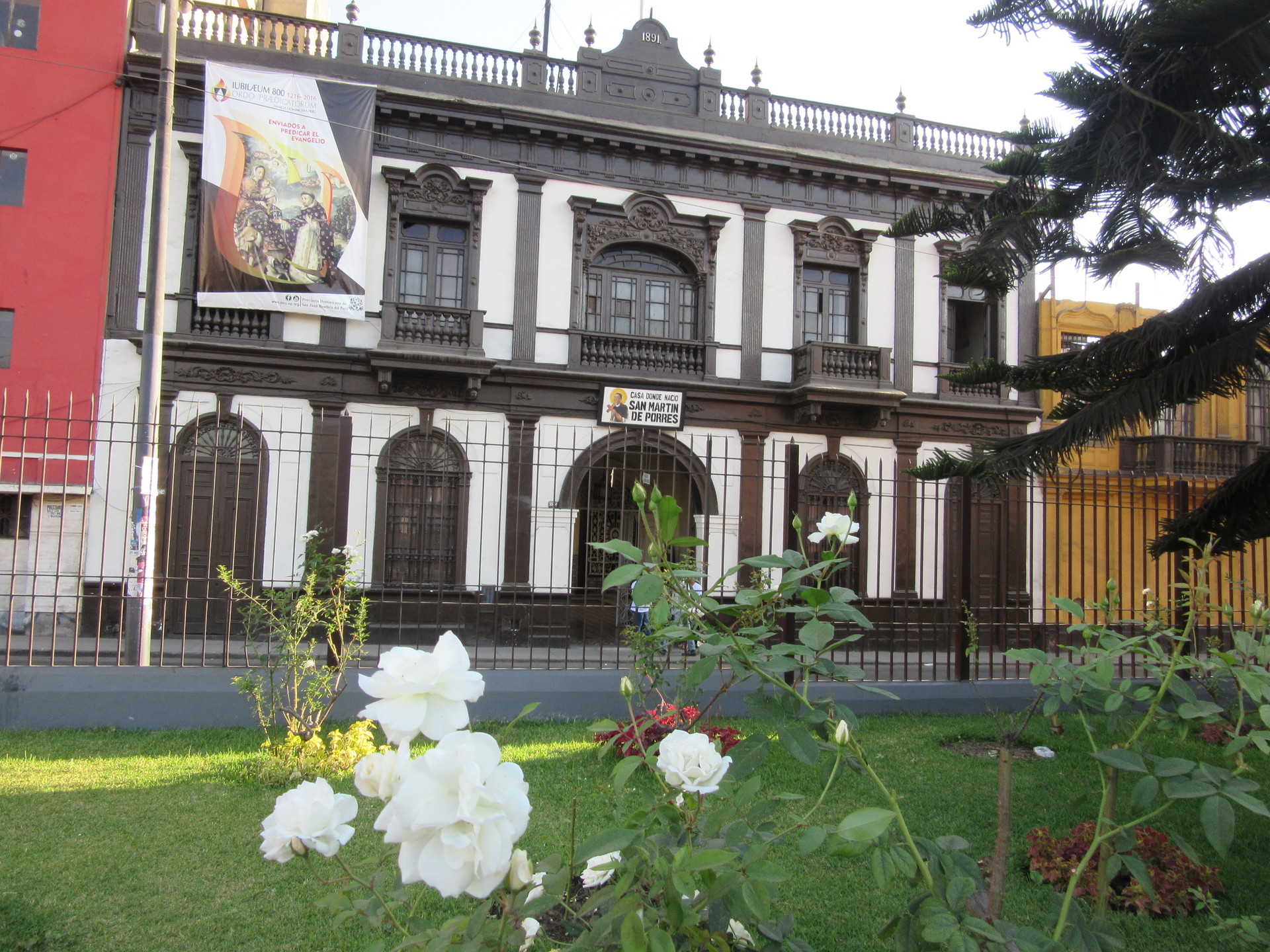
What can you do after having taken this route?
Dear readers, the centre of Lima is here, and crossing the street of Tacna Avenue you will find the pedestrian Ica- Ucayali street where you can also find a series of monuments, places of interest and also points where you can spend the rest of the afternoon that I assure you will keep you busy, with all the things there is to do here.
This is the picture of Ica - Ucayali street so that you can work out the location, later on there will be a publication which I will make and which will give you more details about all the interesting places and things that you can find in this route to have an incredible experience in the historic centre of Lima "World Heritage Site" but for know we will go back and I will continue sharing my experience of the museum of San Martin de Porres:
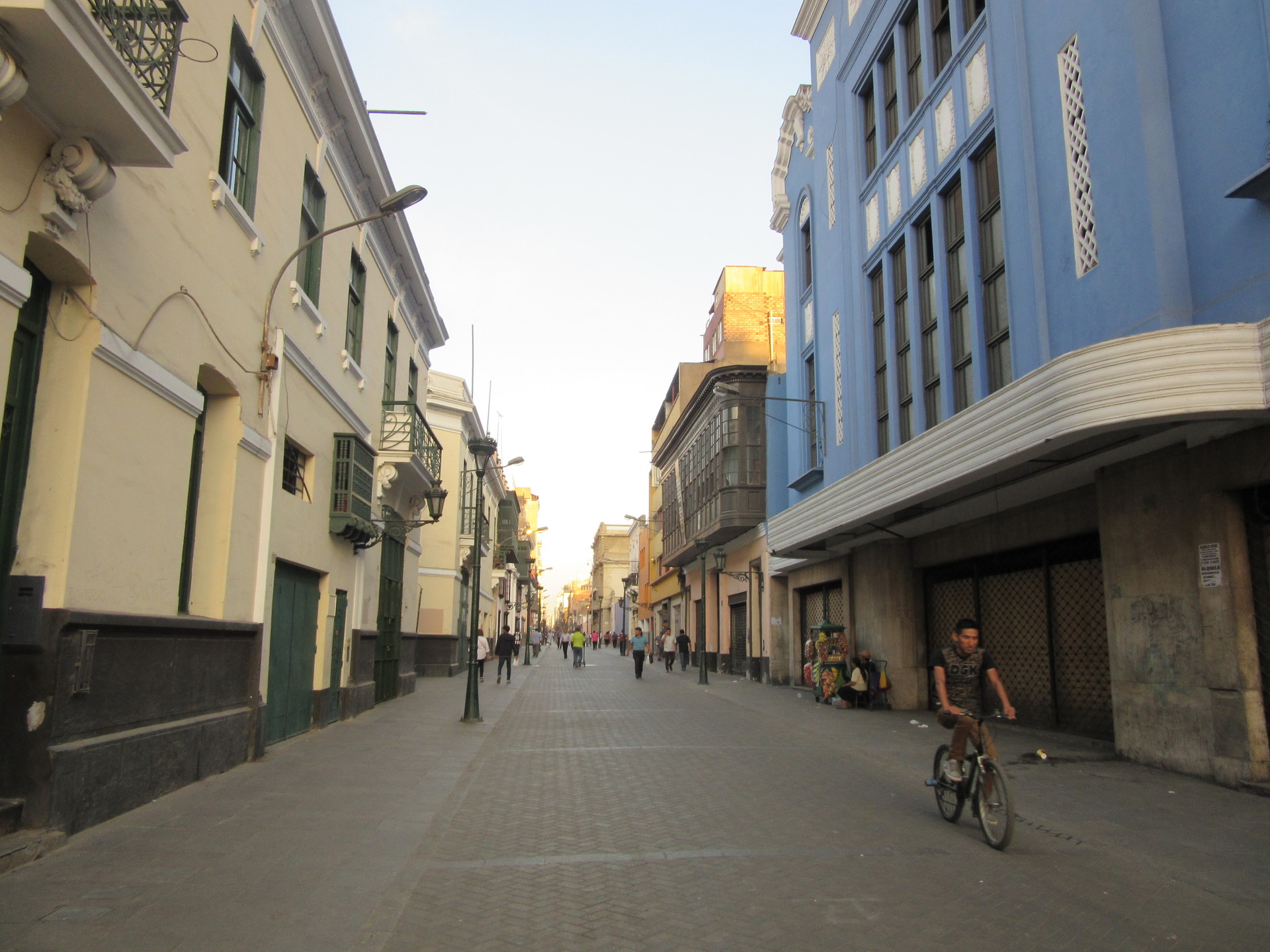
Going into the house and the Museum of San Martin de Porres:
Looking at the entrance to the San Martin de Porres museum which is located on the second floor of the house it's an environment that uses social work in favour of what's needed more.
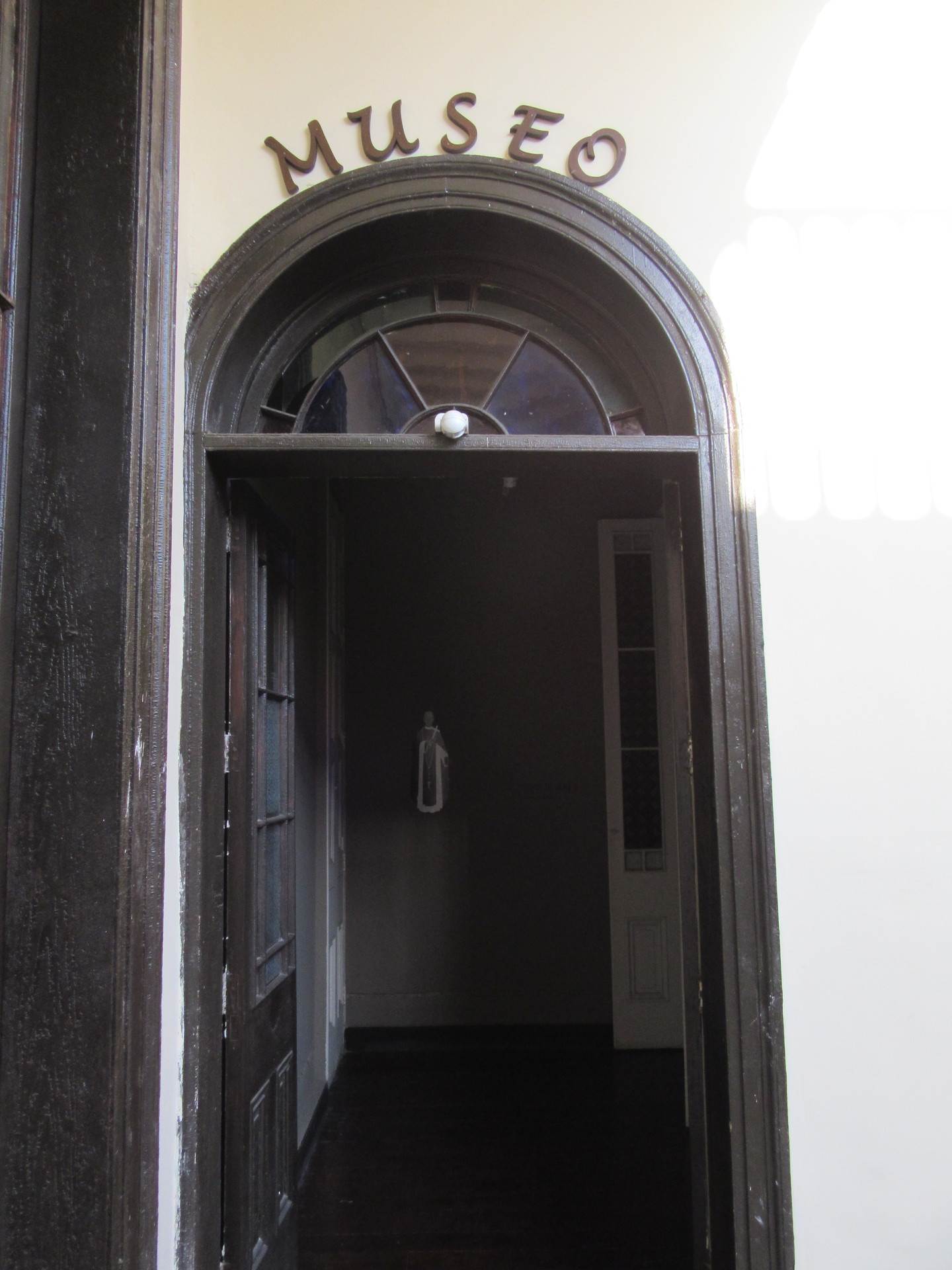
In that moment I arrived to the San Martin de Porres house, truthfully it came as a surprise to me because I didn't know they had opened a museum about the Peruvian saint, my initial idea was to just take a picture of the outside of the building and take a photo of the entrance but when I realised that they had opened a museum, there was no doubt about asking the entrance cost to be able to find out more about the life of this character who was dearly beloved by the majority of the Peruvians.

How much did the entrance to the Museum of San Martin de Porres cost me?
When I arrived to the house I found to the left hand side a small desk where there was a man who had tickets for 4 soles and he told me to go to the second floor in order to start the journey through the story of the Peruvian saint.
When I got in I was greeted with the following picture of San Martin, which is one of the most well-known ones with him dressed in the habit of the Religious Order of the Dominicans.
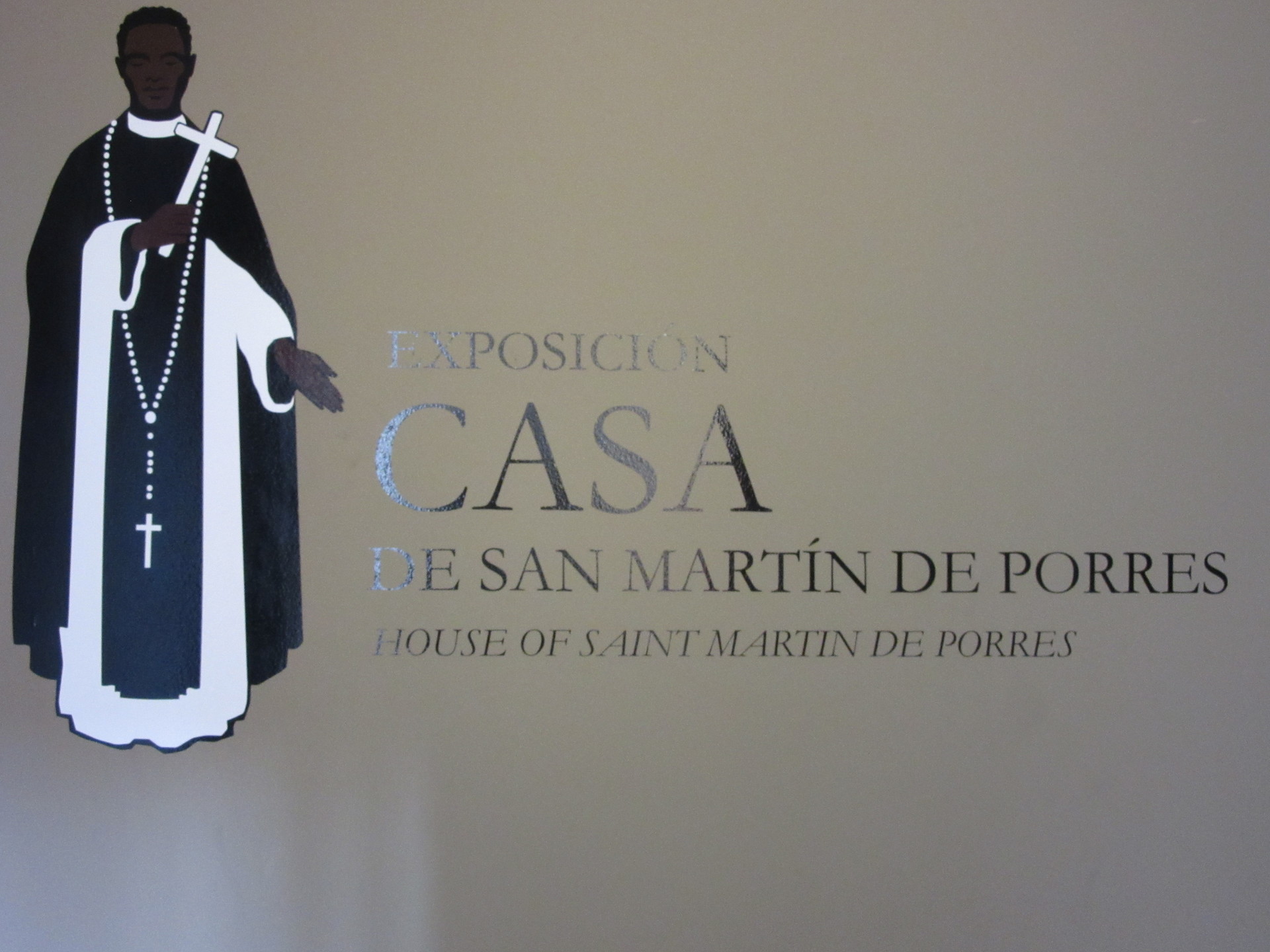
What you basically see in this museum is straightforward but with enough information to know more about the life of San Martin de Porres through his paintings from his birth until his death and also about San Martin Porres' miraculous life, I went all over the whole area in approximately 25 minutes and just when I was about to leave this place, I met a woman who was the exhibition guide and so she asked me to give her my ticket. She took me again along the route with the paintings of San Martin de Porres, for me it was so much better because I love everything to do with Peru's history.
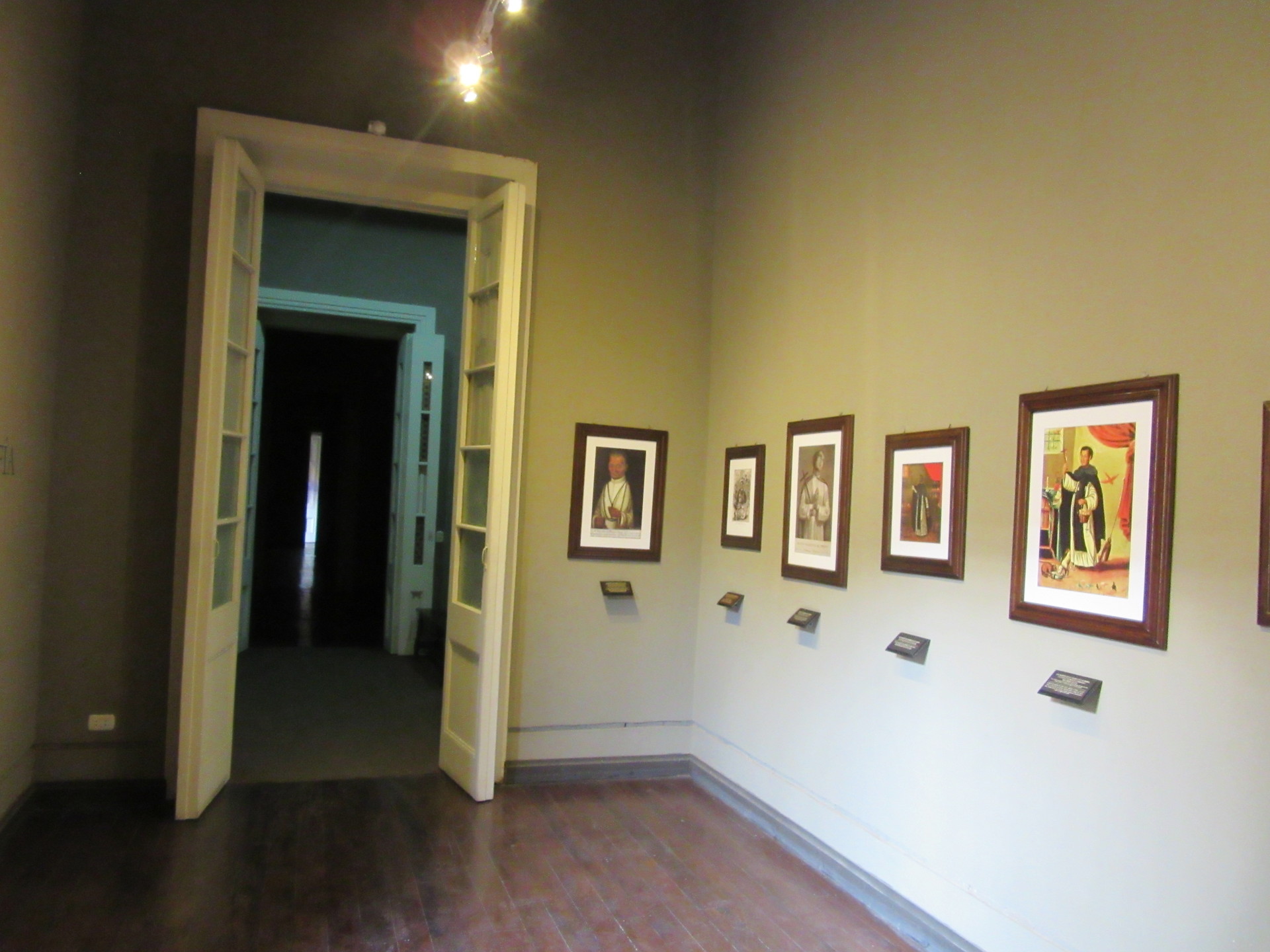
Let's learn a bit more about the history of San Martin de Porres
For those people reading about San Martin de Porres' life for the first time, I want to share with you that San Martin de Porres was born in my city, Lima, on the 9th December 1579, barely 44 years after the city of Lima was founded in the colonial times, times in which there was such a strong religious environment never before seen in any other South American city and there had been so many saints of the religion living in one space, and within the same era, here we have for example our beloved Saint Rose de Lima and also Saint Turibius of Mogrovejo, as well as Saint John Macias.
Having this premise of a colonial Lima based on religiousness is how the life of San Martin de Porres can be carved out little by little. He was born in this house where today, as we have seen, it is called Callao Street.

The paintings that can be found in the museum are connected to the colonial Lima churches and so now they only exist in our beloved Lima centre, a Lima in which the principles of belief in the christian faith were accepted in a society that little by little started to have, on one hand, the indigenous people working at the daily chores around the home and in the fields and, on the other hand, the elite, grandiose natives of Lima which was over time causing colonial 'class-ridden' society disagreements.
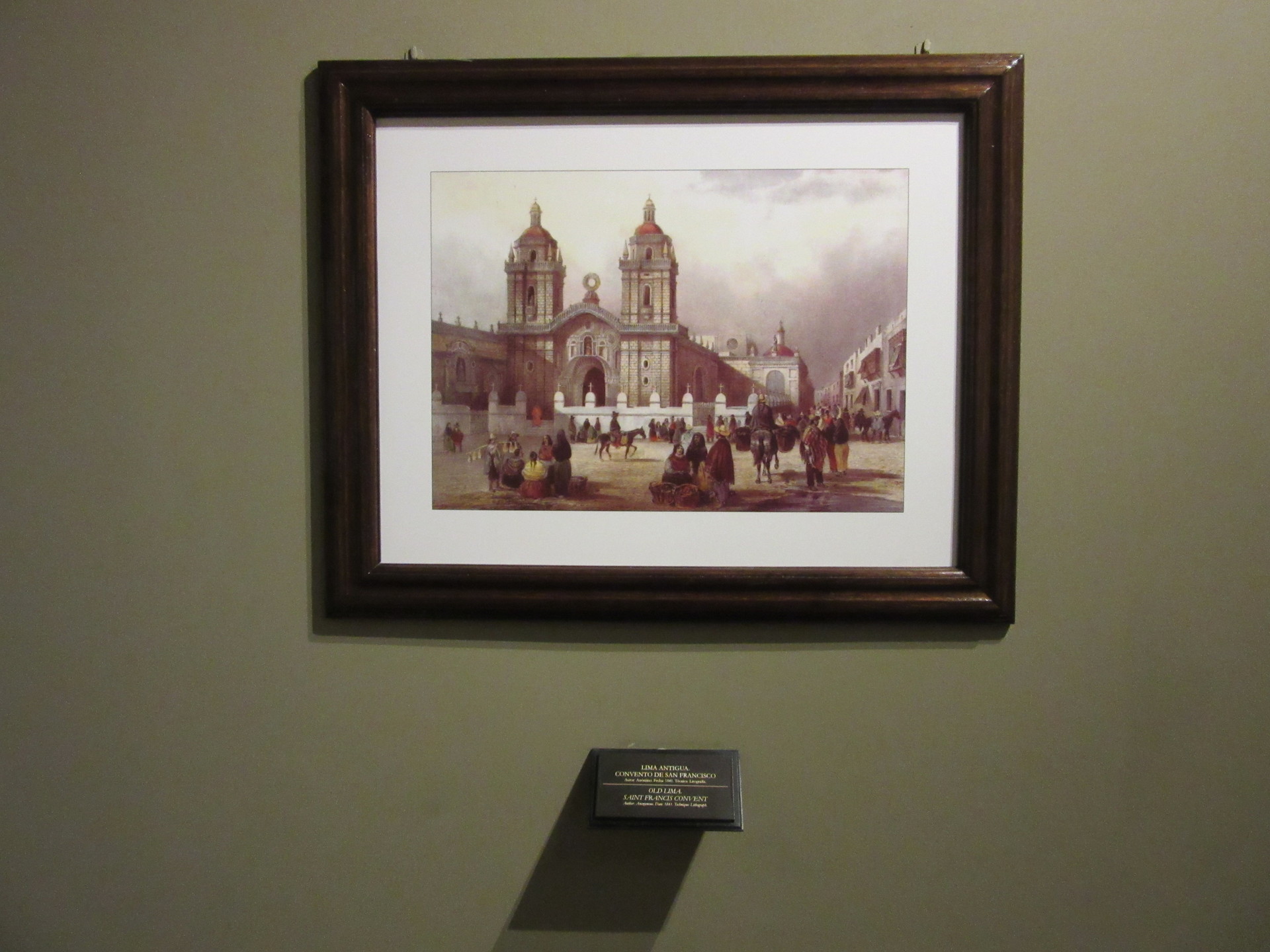
San Martin de Porres' parents
This is the next painting that we are going to look at, it gives us a look at Spanish society in those days, in those days the guide told me that Spanish society were fairly class-concious.
His father was a Spanish nobleman Juan de Porras, later he was Governor of Panama and his mother was a freed, dark skinned native woman from Panama, Ana Velásquez. She was baptised in the Parish of San Sebastian.
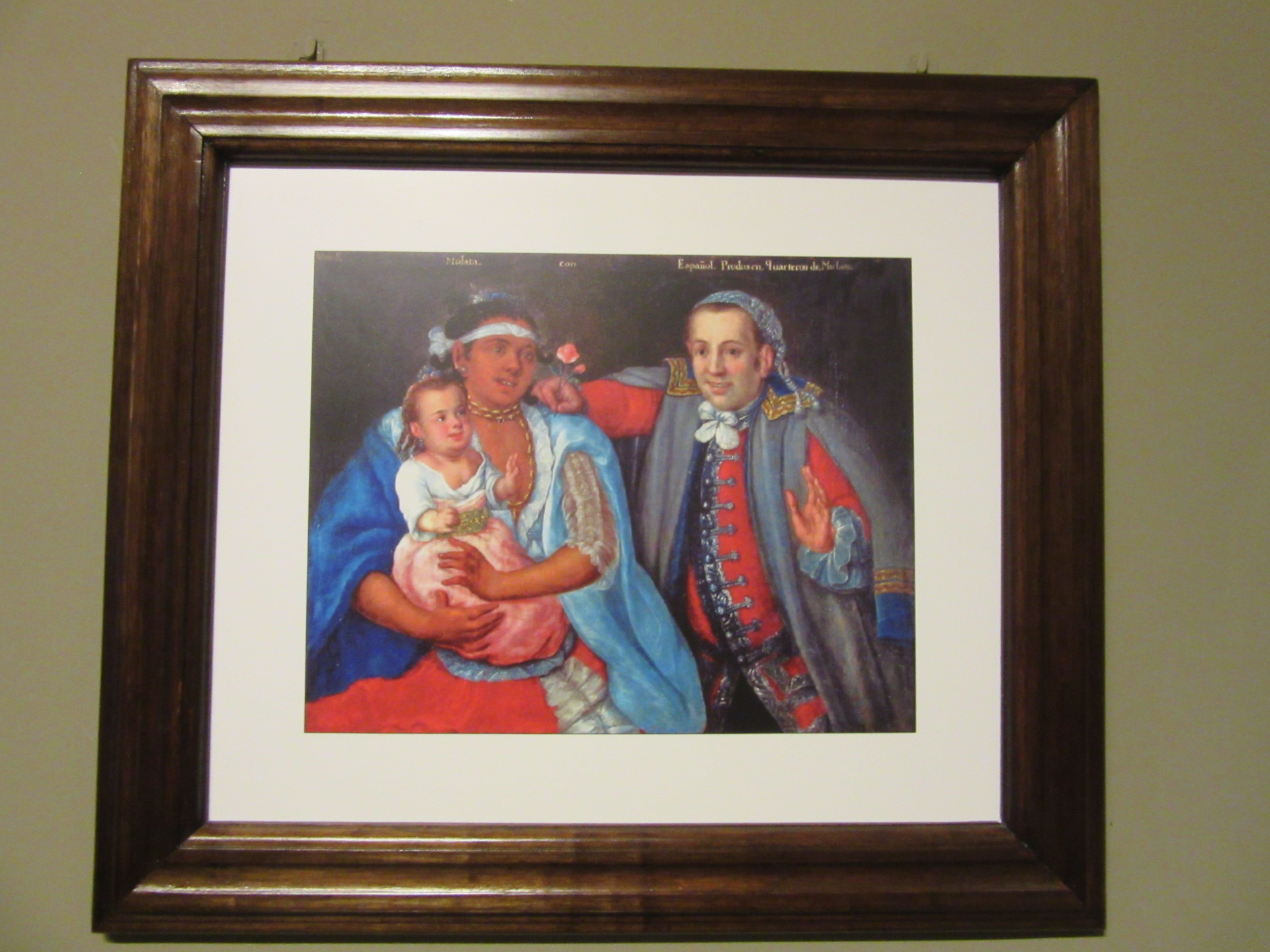
In Peru, we are a country of 'all bloods', like San Martin de Porres
As many of you know, today Peru is a multicultural country and with a great variety of influences from different parts of the world, there is a phrase which says "Quién no tiene de inga lo tiene de mandinga" (translated as 'everyone has Native American or African blood in their veins'), this phrase often sums up one of the viewpoints that I support, Peru is a country of many colours, many ways of speaking, many languages, discrimination should not exist for silly reasons such as skin colour or from not being of "pure race", I suppose there are still people today who think like this, just think for a moment about everything that San Martin de Porres has to live thorugh in order to be able to get where he got to in a status-based, discriminating society such as that in Colonial Lima, a character for which it took more than 100 years for him to be considered a Peruvian Saint.
Perhaps it's difficult for us to accept these situations. Why? But this is what really makes us unique and unparalleled as a nation and it is because of this that I admire this character from Lima who lived simply and is an example to follow.
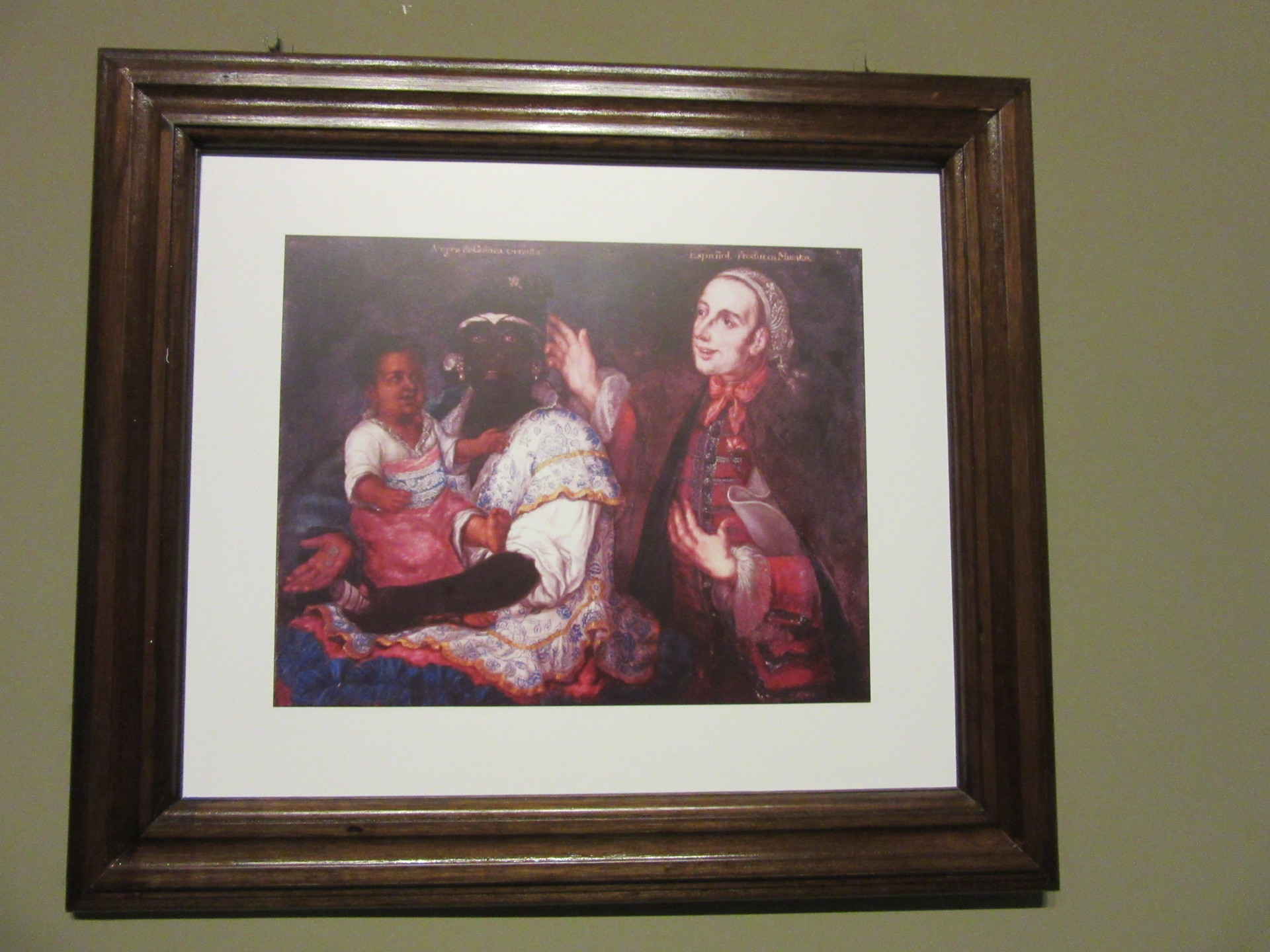
Something which surprises me a lot about the life of San Martin de Porres is that he never prepared himself to be a religious priest or anything of the likes. What was stopping him? Well, the colour of his skin. being mixed race in that society in Lima automatically closed all doors for him, however, do you think that he sat back and did nothing? Not at all!
San Martin de Porres started to immerse himself in religious activity, being welcomed into the Convent of Santo Domingo of the Dominican Order, a monastery and church which are very close to what is now our Plaza de Armas, the main square in Lima. To be exact, just one block in the direction of Tacna Avenue.
San Martin de Porres started first being welcomed into the Convent of Santo Domingo as a lay brother, this task involved being in charge of the cleaning of the convent which he did perfectly they say. It is for this he is also known as the saint of the broom, since he is usually depicted with a broom because of the chores that he did inside the convent:

A video shown about his life in the museum
In another of the rooms the guide showed me a video about the life of San Martin de Porres and what was happening in Peru so that I could learn a bit more about his life, this lasted about 15 minutes.
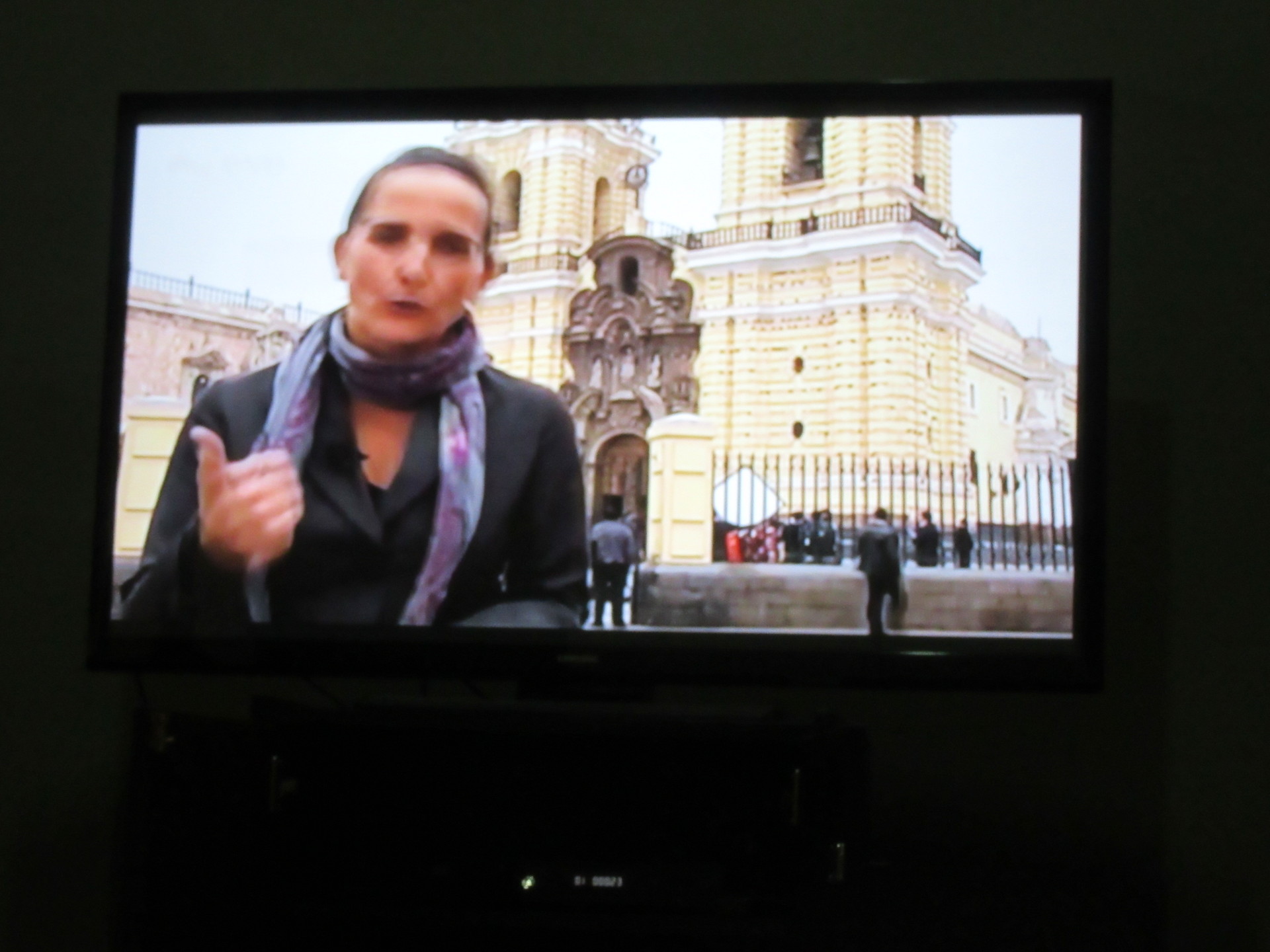
San Martin de Porres is also known for performing the miracle of having united a dog, a cat and a mouse to eat from just one dish:
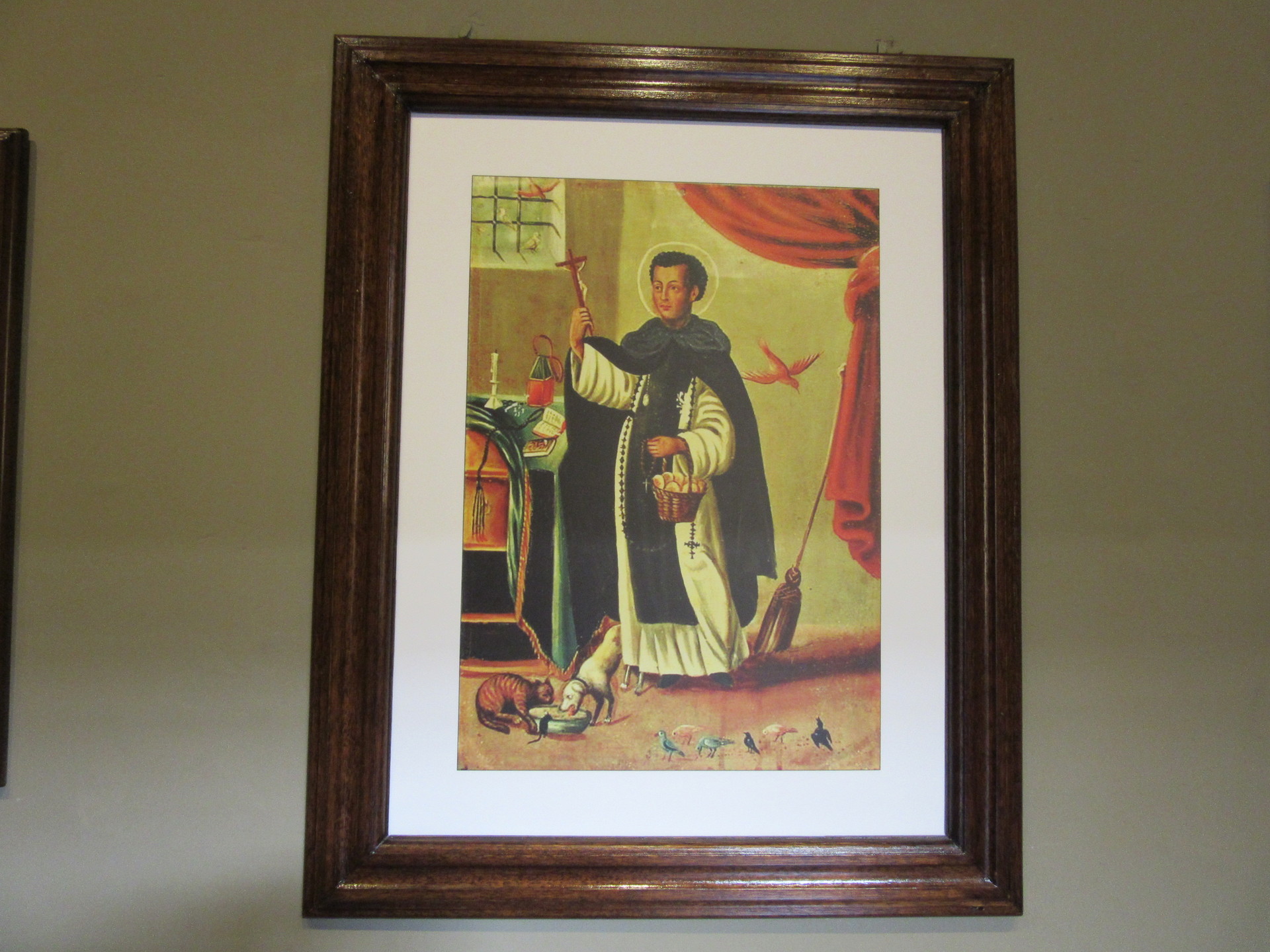
This painting that I am going to show you is from a copy of San Martin de Porres' face after having passed away.
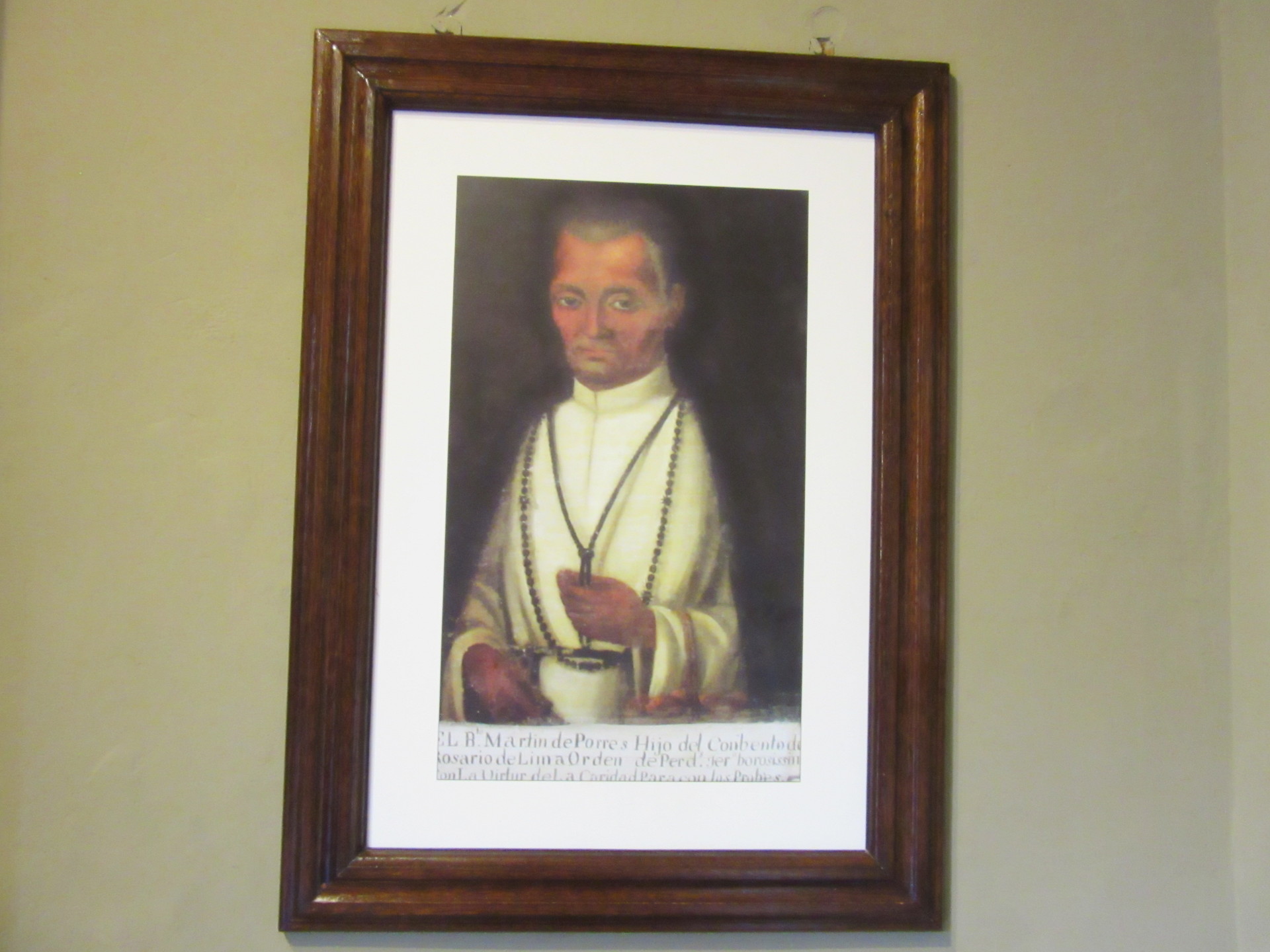
On the first floor there is a small shrine where an image of San Martin de Porres can be found and where people can go to pray, seeing as this is a religious environment.
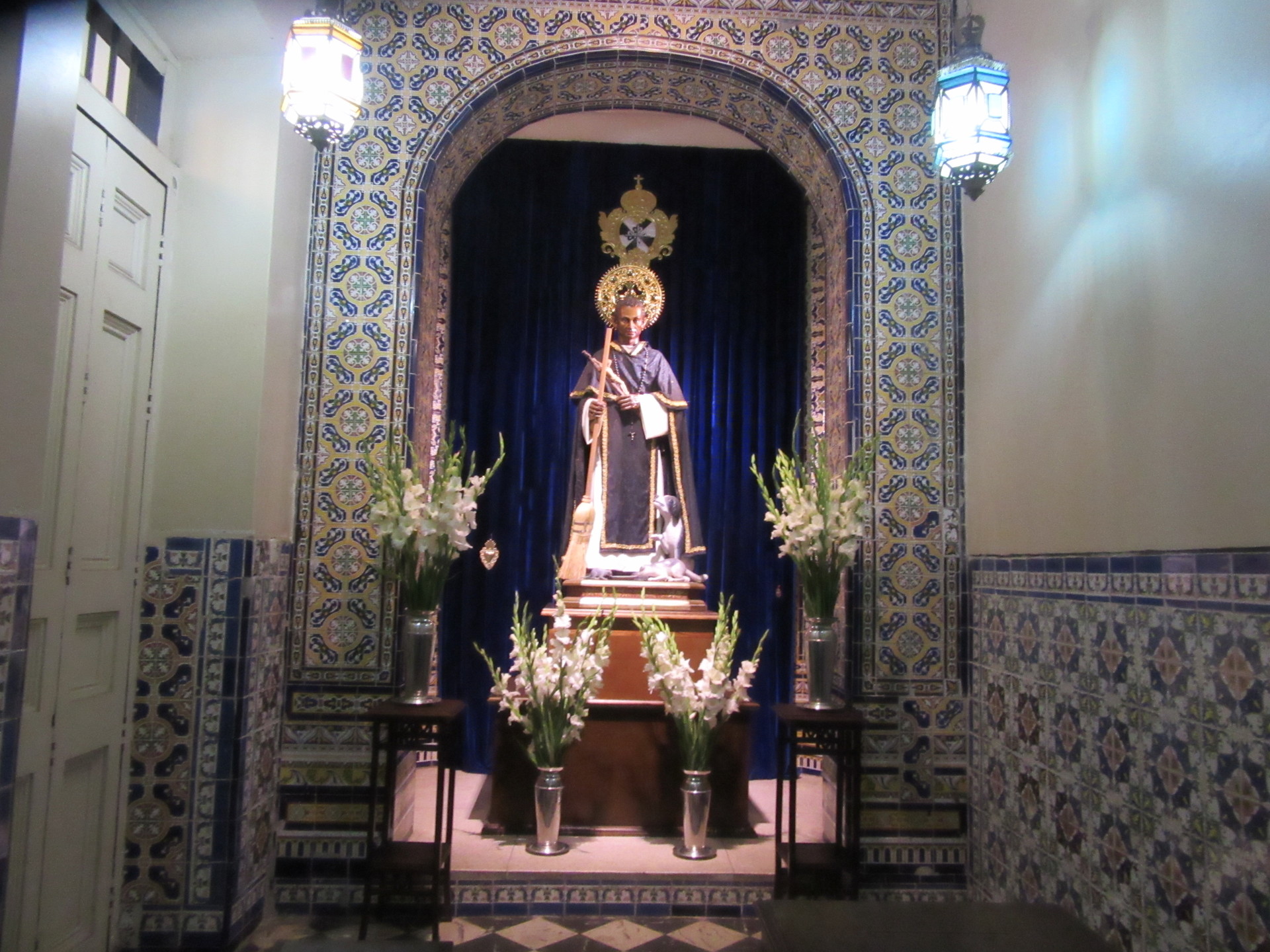
The museum of San Martin de Porres es a small place but with a lot of information about the life of one of the most loved religious saints in Peru, because he performed miracles that almost all of us remember, however today his house is not just a museum but also houses different environments where older people can come and eat and so some activities, because this place really takes on the care of elderly people, both for their well being and to give them the motivation to keep on living.
As I have told you many times, I am not a believer of any religion but I love everything related to the art and the history of Lima and because of this, I invite you all to come and discover this touristic part of Lima and let yourself be transported by these paintings and the guide's explanation of all the history which can be found in the house of San Martin de Porres.
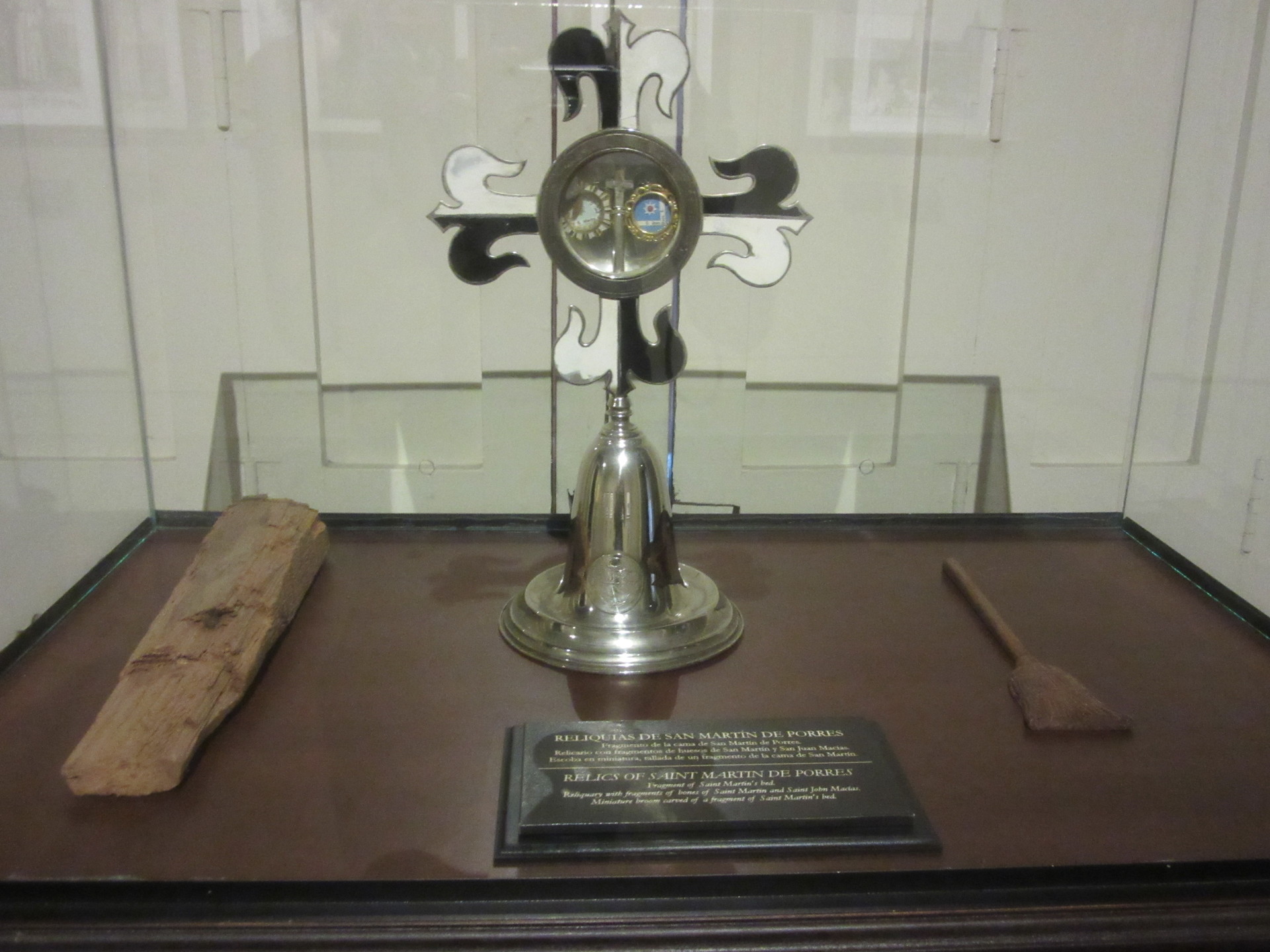
Then from San Martin de Porres' house, I crossed Tacna Avenue so as to head in the direction of the pedestrianised street of Ica-Ucayli and continue to learn more about the stories you can find in the city centre of my city, but this will be cause for another occasion.
Would you like to see a film about the life of San Martin de Porres?
If you want to know more details about the life of San Martin de Porres, there's nothing better than watching a video about the Peruvian saint, you can click here and the link will take you to where you can watch a film about the life of the Peruvian saint with the broom, I saw this film in school and I then found it on YouTube.
Thank you very much for having read this publication and I hope that it has motivated you to visit the Museum of San Martin de Porres! It is a place that is interesting and simple, like the Peruvian saint, it doesn't matter if you are Catholic or not, what's important is understanding the history to be able to find answers to our present. We will see each other in another story and Lima adventure, see you too!
Photo gallery
Content available in other languages
- Español: La casa del santo mulato de Lima
- Italiano: La casa del santo mulatto di Lima
Rate and comment about this place!
Do you know San Martin de Porres Museum? Share your opinion about this place.





































